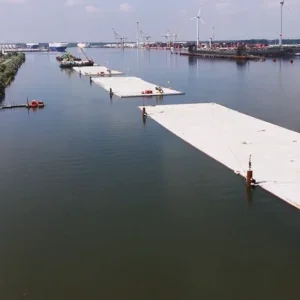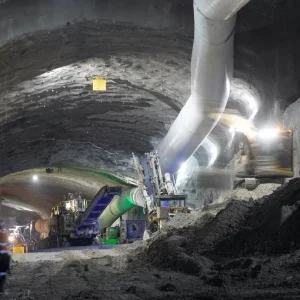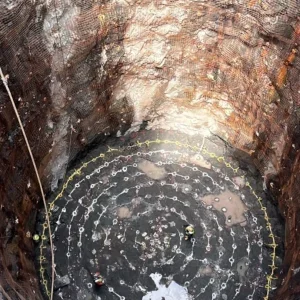The article (Towards reliable cost estimates, T&TNA, September 2003 by John Reilly) talks about risks and effect “as envisaged by the estimator” – potential impacts and probability.
One should also ask how much engineering effort has gone into the work of building up a first principle estimate in the first instance, and if the strategy and management offered in the conclusion of this article has been implemented at the same time.
In the good old days this used to be the domain of the project owner who built his own projects. An old motto that can be recalled… that the time for planning, investigation, followed by design and with patience, should be twice as long as it would take to do the actual construction.
In today’s parlance… a carpenter says to measure twice and cut once.
Perhaps today’s project delivery procedures should be reviewed such that the concept, design and implementation be carried out by one engineer and his chosen group, instead of compartmentalising diverse roles into groups of specialists who by their training and inclination cannot see or understand the workings of other members in what is loosely labelled as the “team”.
And also, the underground works subject to so many diverse factors, should have more time allocated to the planning phase with “more haste less speed” so that the project “ripens” in the minds of participants. With fuller understanding, I am sure “better cost estimating” will be achieved.
Admittedly, there may be unknowns – and that is where unquantifiable risks lie. But, even these can be minimised at some cost to offset an unknown risk.
Has anyone seen a geotechnical report of a tunnel with investigation boreholes at one kilometer spacings? Or, better still, seeing the construction alignment changed laterally by hundreds of meters? I have. What would you expect as a result from that?
Dennis Vesely
Vesely Associates P/L







